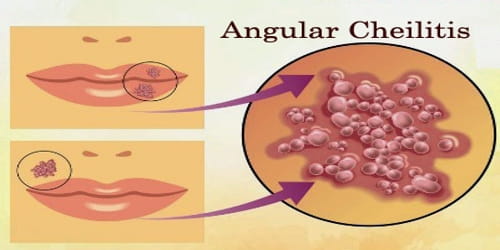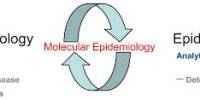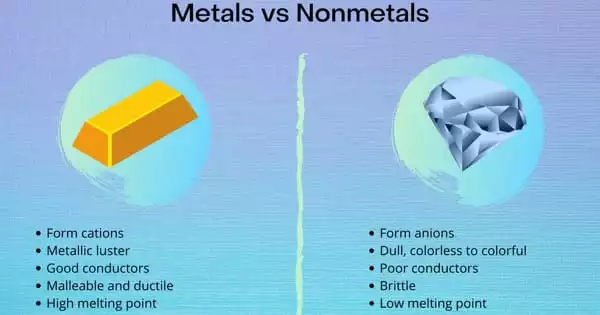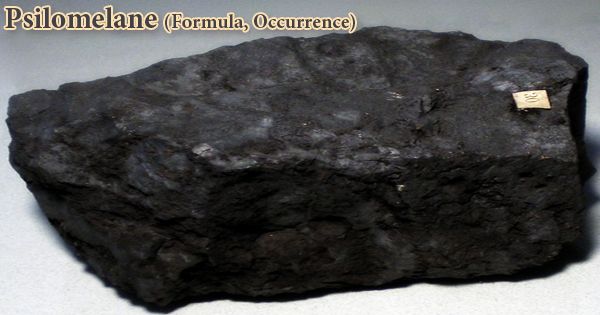Angular Cheilitis
Definition: Angular cheilitis (AC) is a common inflammatory condition affecting the corners of the mouth or oral commissures. It is also known as angular stomatitis and perleche. Often the corners are red with skin breakdown and crusting. It can also be itchy or painful. The condition can last for days to years. Angular cheilitis is a type of cheilitis (inflammation of the lips).
Angular cheilitis is a condition that causes red, swollen patches in the corners of our mouth where our lips meet and make an angle. Other names for it are perleche and angular stomatitis. People can get it on one side of their mouth or on both sides at the same time. It occurs most often in the 30s to 60s, although is also relatively common in children. In the developing world, iron and vitamin deficiencies are a common cause.
Diagnosis may be helped by testing for infections and patch testing for allergies. Treatment for angular cheilitis is typically based on the underlying causes along with the use of a barrier cream. Frequently an antifungal and antibacterial cream is also tried.
Fast facts on angular cheilitis:
- Angular cheilitis is not a disease but a symptom of something else.
- Excess moisture on the lips or mouth can lead to the condition.
- Anyone of any age can develop angular cheilitis.
Treatment involves addressing the underlying cause quickly.
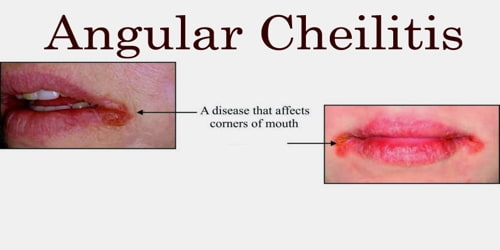
Causes, Sign, and Symptom of Angular Cheilitis: There are several different causes of angular cheilitis. The most common is the yeast infection as a result of saliva. It can build up and get trapped in the corners of the lips, which causes the lips to crack. A person may lick their lips more in an attempt to soothe the pain or dryness of their lips. This excess saliva will sit in the corners of the lips, which is the perfect warm environment for fungus like yeast to grow.
Angular cheilitis is due to one or more of the following factors:
- The overhang of upper lip resulting in deep furrows (marionette lines)
- Dry chapped lips
- Proliferation of bacteria (impetigo), yeasts (thrush) or virus (cold sores)
Angular cheilitis is a fairly non-specific term which describes the presence of an inflammatory lesion in a particular anatomic site (i.e. the corner of the mouth). As there are different possible causes and contributing factors from one person to the next, the appearance of the lesion is somewhat variable.
Symptoms of angular cheilitis include:
- red or purple spots around the corners of the lips
- swelling or cracking at the corners of the lips
- pain and burning at the corners of the mouth
- dry, chapped lips around the corners of the mouth
Other symptoms include:
- bad taste in the mouth
- difficulty eating as a result of the irritation
- bleeding
- blistered
- cracked
- crusty
- itchy
- scaly
- swollen
If the irritation is strong, it can make it hard for people to eat. People may not get enough nutrients or they may lose weight.
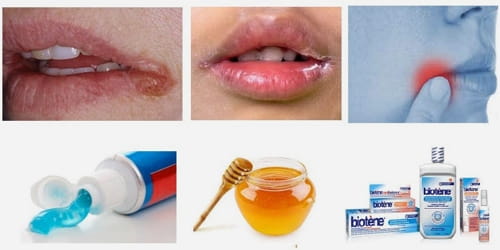
Diagnosis and Treatment of Angular Cheilitis: Angular cheilitis is normally a diagnosis made clinically. If the sore is unilateral, rather than bilateral, this suggests a local factor (e.g., trauma) or a split syphilitic papule. Angular cheilitis caused by mandibular overclosure, drooling, and other irritants are usually bilateral.
The doctor will examine the skin, and ask about any other skin irritations elsewhere on the patient’s body. They’ll likely ask them about their personal and family history of oral thrush and yeast infections. They’ll also ask what other conditions they have, and what medications they are taking. The doctor will likely take culture swabs from the corners of the mouth, which they’ll send to a lab to test. This will help them definitively diagnose a cause.
The goal is to clear out the infection and keep the area dry so the patient’s skin isn’t infected again. The doctor will recommend an antifungal cream to treat fungal infections. Some are:
- nystatin (Mycostatin)
- ketoconazole (Extina)
- clotrimazole (Lotrimin)
- miconazole (Lotrimin AF, Micatin, Monistat Derm)
If a patient’s infection is bacterial, the doctor will prescribe an antibacterial medication, such as:
- mupirocin (Bactroban)
- fusidic acid (Fucidin, Fucithalmic)
Cosmetic fillers, which are applied by injection, can help with droopy lips that cause angular cheilitis. It is also necessary to ensure that dentures fit properly.
Information Source:
